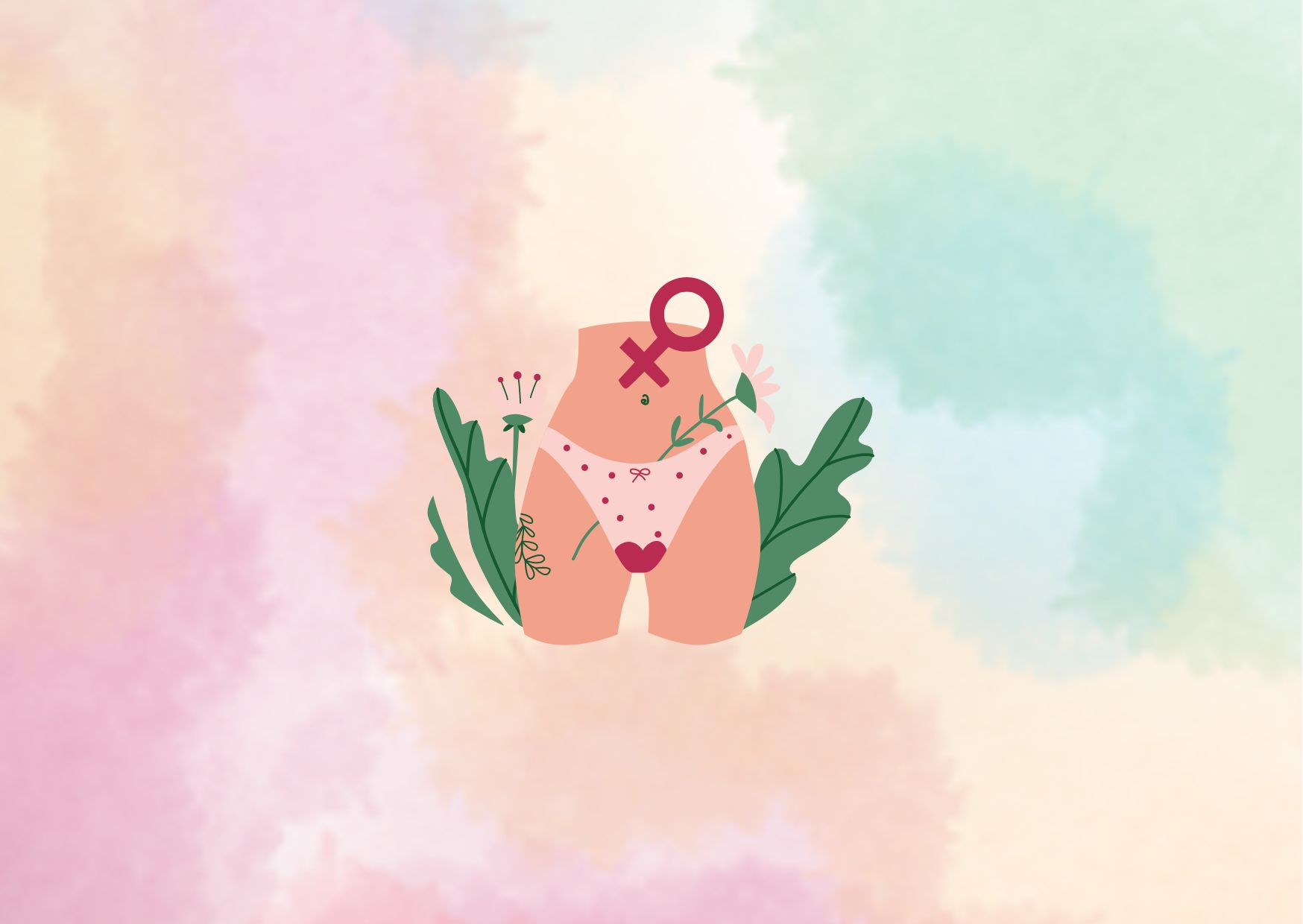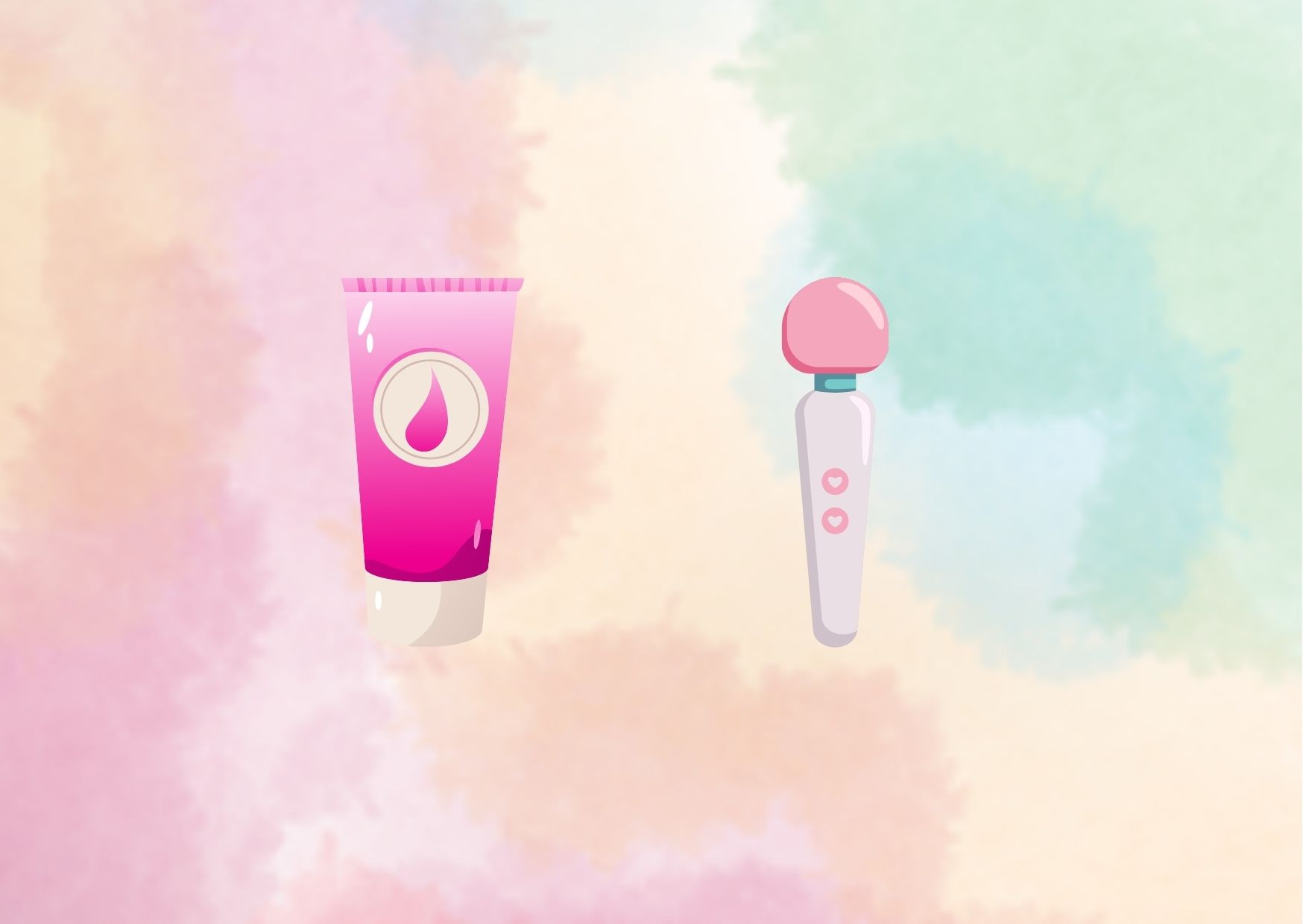How to Masturbate: A Step-by-Step Guide for Beginners
Masturbation is a natural and healthy way to explore one’s body and experience sexual pleasure. Learning how to masturbate effectively can lead to improved sexual health, self-awareness, and overall well-being. For many individuals, especially beginners, finding out how to masturbate correctly can be a journey of self-discovery and personal growth.
This guide aims to provide a comprehensive overview of masturbation techniques and tips for those looking to learn how to masturbate better. It covers various aspects, from understanding one’s body to setting the mood for self-pleasure. The article also delves into different methods for sexual arousal and offers advice on aftercare and reflection. By the end, readers will have gained valuable insights into how to properly masturbate and enhance their sexual experiences.
Understanding Your Body
To learn how to masturbate effectively, one must first understand their body. This involves exploring erogenous zones, learning about genital anatomy, and recognizing the importance of self-exploration.
Exploring Erogenous Zones
Erogenous zones are areas of the body that, when stimulated, can produce sexual arousal and pleasure. While genitals and breasts are commonly known erogenous zones, many other parts of the body can be surprisingly sensitive. These include:
- Scalp and ears
- Neck and shoulders
- Inner wrists and palms
- Navel and lower back
- Inner thighs and feet
Each person’s erogenous zones may differ in sensitivity. Exploring these areas can involve various techniques such as light touches, massages, or temperature play. For instance, running fingernails lightly over the scalp or tracing circles around the navel can evoke pleasurable sensations.
Anatomy of Genitals
Understanding genital anatomy is crucial for effective masturbation. For individuals with vulvas:
- The external genitalia is called the vulva
- The clitoris, a highly sensitive organ, has both external and internal parts
- The vaginal opening is surrounded by the vestibule
For those with penises:
- The glans (head) of the penis is highly sensitive
- The frenulum, where the shaft meets the head, is particularly responsive
- The scrotum and perineum are also erogenous zones
It’s important to note that genital anatomy varies among individuals, and what feels pleasurable can differ from person to person.
Importance of Self-Exploration
Self-exploration is a vital step in understanding one’s body and sexual responses. It involves:
- Observing and touching different parts of the body
- Noting physical and emotional responses to various stimuli
- Identifying personal preferences and boundaries

